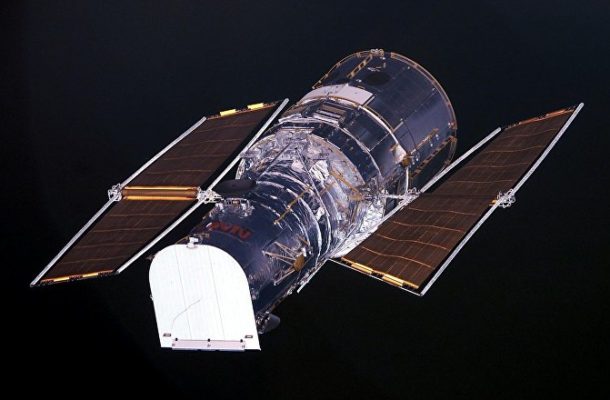Researchers with Spain's Instituto de Astrofísica de Canarias recently unveiled an updated photo of one of the Hubble Space Telescope's most iconic images that was previously released by US space agency NASA in 2012.
That iconic image is that of the Hubble Ultra Deep Field (HUDF), which documents the presence of some 10,000 galaxies located within the constellation of Fornax. The original release was stitched together from data collected by the space telescope over a period of several years.

©
Courtesy of A. S. Borlaff et al
The new version of Hubble's deep image. In dark grey you can see the new light that has been found around the galaxies in this field. That light corresponds to the brightness of more than one hundred billion suns.
"We discovered thousands of millions of stars that were hidden in the previous versions of the deepest image of the universe, the Hubble Ultra Deep Field from [the Hubble Space Telescope]," lead researcher Alejandro Borlaff said in a recent tweet, explaining that the main difference between pictures is that of newly detected "extended light" around galaxies.
"These Luminance-RBG images represent in color the brightest region of galaxies (with large amount of stars) and in B&W [black and white] the dimmest regions of them. The vast majority of these region were previously invisible."
— Borlaff (@asborlaff) January 24, 2019
Borlaff added that researchers have further work to complete in terms of improving the sensitivities of telescopes, so that officials can "discover more and more structures, such as stellar haloes, tidal tails, shells [and] gas filaments."
According to Space.com, HUDF images have been "a work in progress" over the years as a result of NASA researchers attempting to provide new insights through various wavelengths of light.
The data collected by researchers during the three-year study has been made available to fellow scientists through the website "ABYSS HUDF WRC3/IR" project. It has also been published in the January edition of the Astronomy & Astrophysics journal.Source: sputniknews.com


Comments